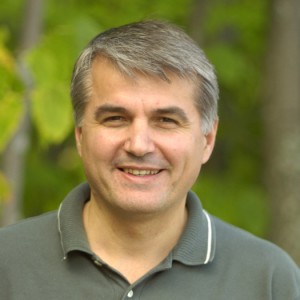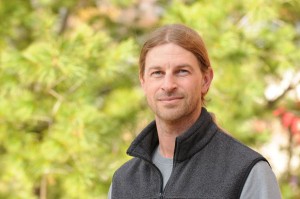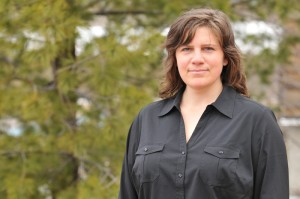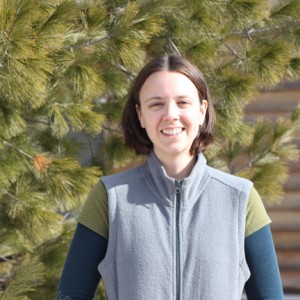Two of the ten most downloaded papers in 2011 at Journal of Forestry were fromthe School of Forest Resources and Environmental Sciene:
Woody Invaders and the Challenges They Pose to Forest Ecosystems in the Eastern United States (Vol. 104, No. 7)
and
Promoting Ecological Sustainability in Woody Biomass Harvesting (Vol. 108, No. 1).
Professor Chris Webster is an author on each paper.
See all 10 downloads at:
http://www.safnet.org/publications/jof/mostdownloaded.cfm




